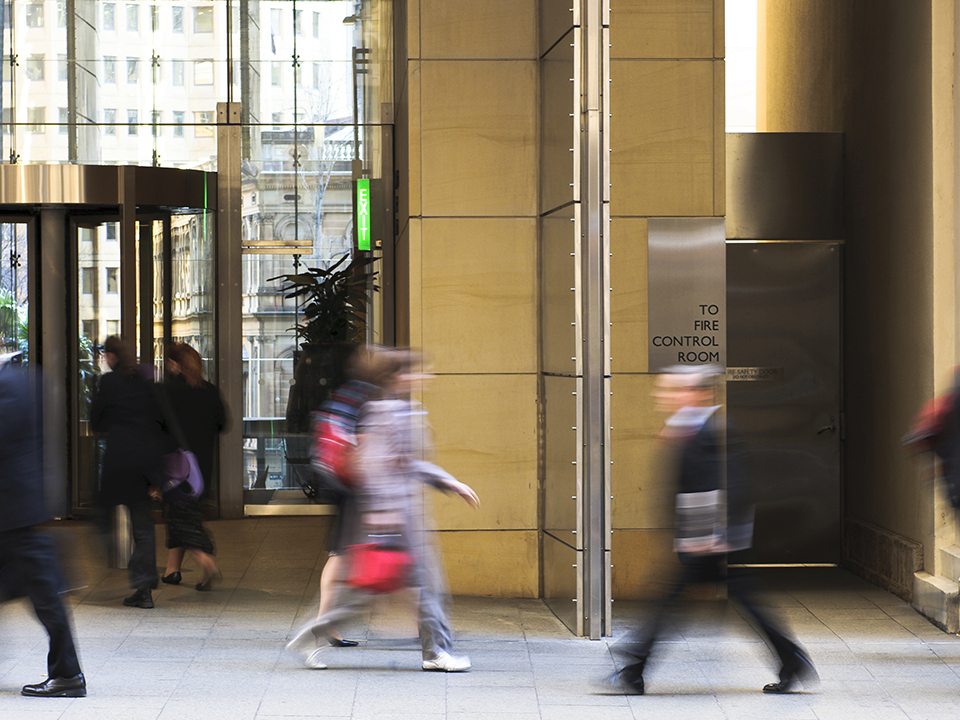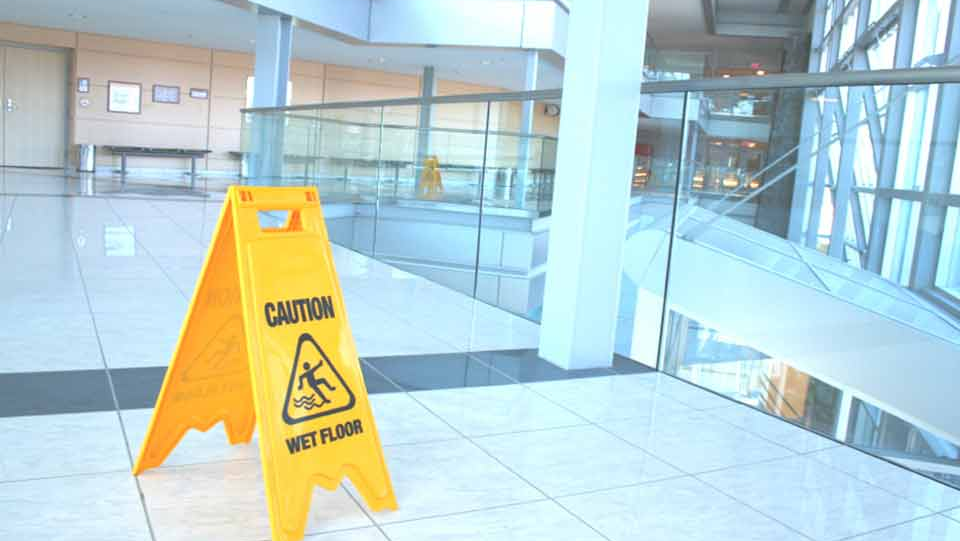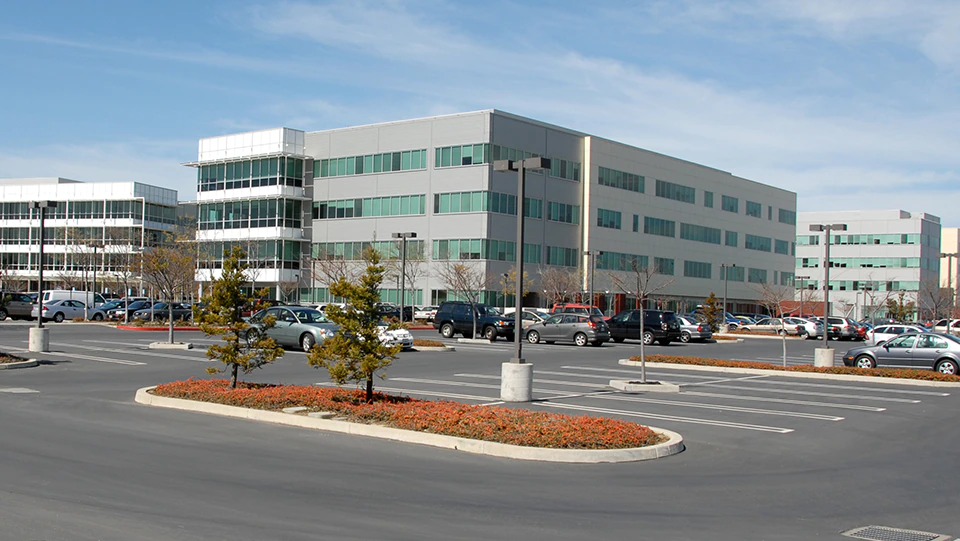Premises Security and Liability


A slippery or uneven floor, sidewalk or parking lot that leads to a slip, trip or fall; a cluttered exit that prevents prompt evacuation in the event of an emergency; a visitor who is robbed or assaulted on your property: these are but a few examples that could pose hazards to public safety.
Potential premises liability is everywhere
The public trusts and expects that their experience in and around the buildings you own or manage will be a safe one. In fact, if you fail to consider the public’s safety, you could be held financially liable. Following are some risk management strategies you may want to consider to help ensure public safety.
Slips, trips and falls
Many slips, trips and falls are no accident. Many can also be avoided with an effective slip, trip and fall prevention program. It is important to recognize and address the major walking surface hazards that may lead to these types of injuries. These hazards include:
- Slippery surfaces, such as gloss-finished tile, polished stone, etc.
- Holes or surfaces in disrepair.
- Uneven surfaces.
- Changes in elevation.
- Poorly marked and/or poorly lit walkway transitions.
- Wet surfaces, including those caused by spills, poor drainage and inclement weather.
Fire and life safety
Ensuring the public has safe egress from your building in the event of a fire or other emergency is critical. Start by clearly marking all emergency exits so tenants, visitors, customers and others have the ability to locate the nearest escape route in an emergency.
You should also routinely:
- Inspect and maintain emergency lighting and illuminated exit signs.
- Keep all exits, including emergency exits, clear and doors unlocked.
- Ensure evacuation paths are conspicuous and unimpeded.
- Communicate and post your emergency evacuation floor plan and procedure in a conspicuous location.
- Maintain existing sprinkler and fire detection systems to code.
Assaults and thefts
Securing your property to help prevent theft, assault and other acts of violence that could cause harm, injury or death is key to ensuring public safety. In many cases, foreseeability — predicting the potential for a crime based on past events within the geographic location or industry — can come into play, especially in a court of law.
At a minimum, your premises security strategy should include the following steps:
- Keep shrubs and trees trimmed to minimize hiding areas for perpetrators.
- Provide sufficient lighting on your property — indoors and outdoors, including parking lots and parking facilities.
- Deploy security cameras, closed circuit video monitoring or security guards trained in threat recognition and course of action.
- Have a sign-in policy for visitors and clearly communicate your right to inspect packages.
- Ensure only authorized people have access to secure areas.
- Implement a key management system. Reprogram key cards often, where used.
- Have an alarm system monitored 24/7 by a security agency or local police.
- Contact local law enforcement on neighborhood crime information and statistics to help better understand the crime potential as part of your loss prevention/premises management program considerations.
- If you are the property owner, invite law enforcement to your property to discuss their security recommendations.
After an incident
Fire, theft, slip, trip or fall — no matter the cause, the prompt gathering and documenting of facts after any incident on your premises is critical, particularly when it involves the public. At a minimum, you should be prepared to:
- Provide first aid or contact emergency medical responders.
- Take photos or record (and maintain) video of the incident or resulting injuries/damage, if possible.
- Obtain the names of the injured part(ies) and witness(es), and individually record their accounts of the event.
- Use a formal form to document the incident.
- Have a post-incident strategy in place that includes a crisis management and communication plan covering media response and public notification.
Defend against liability
It is not only an honor to serve the public, you may also have a duty to ensure public safety in and around buildings you own or manage. Controlling public safety exposures is key to developing effective premises liability and security programs. Without proper consideration, you could be held liable in the event of harm or death occurring on your property. Knowing the circumstances and situations that can potentially impact public safety, planning for them and helping to ensure adequate risk mitigation strategies are in place can help protect your business’ reputation and bottom line.



